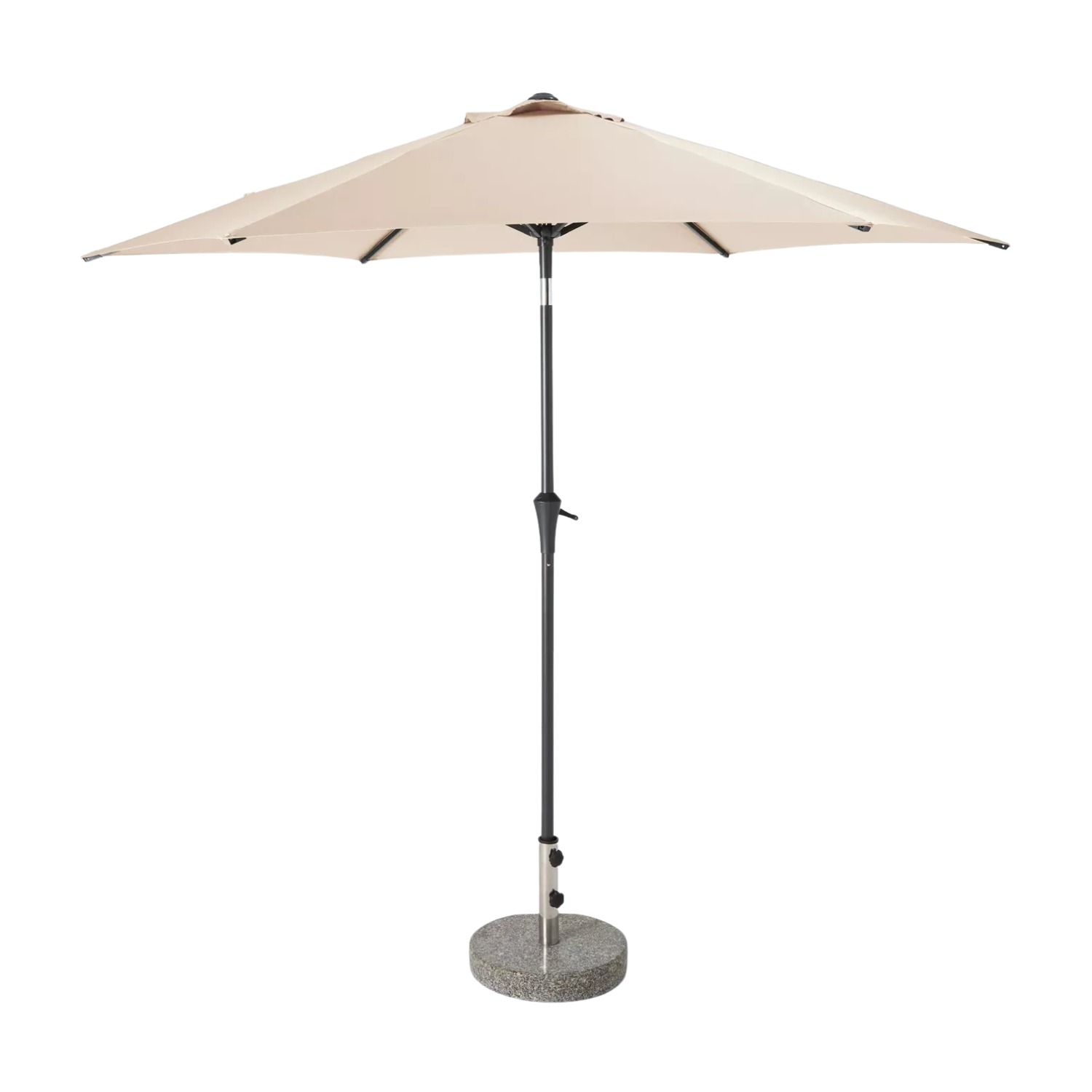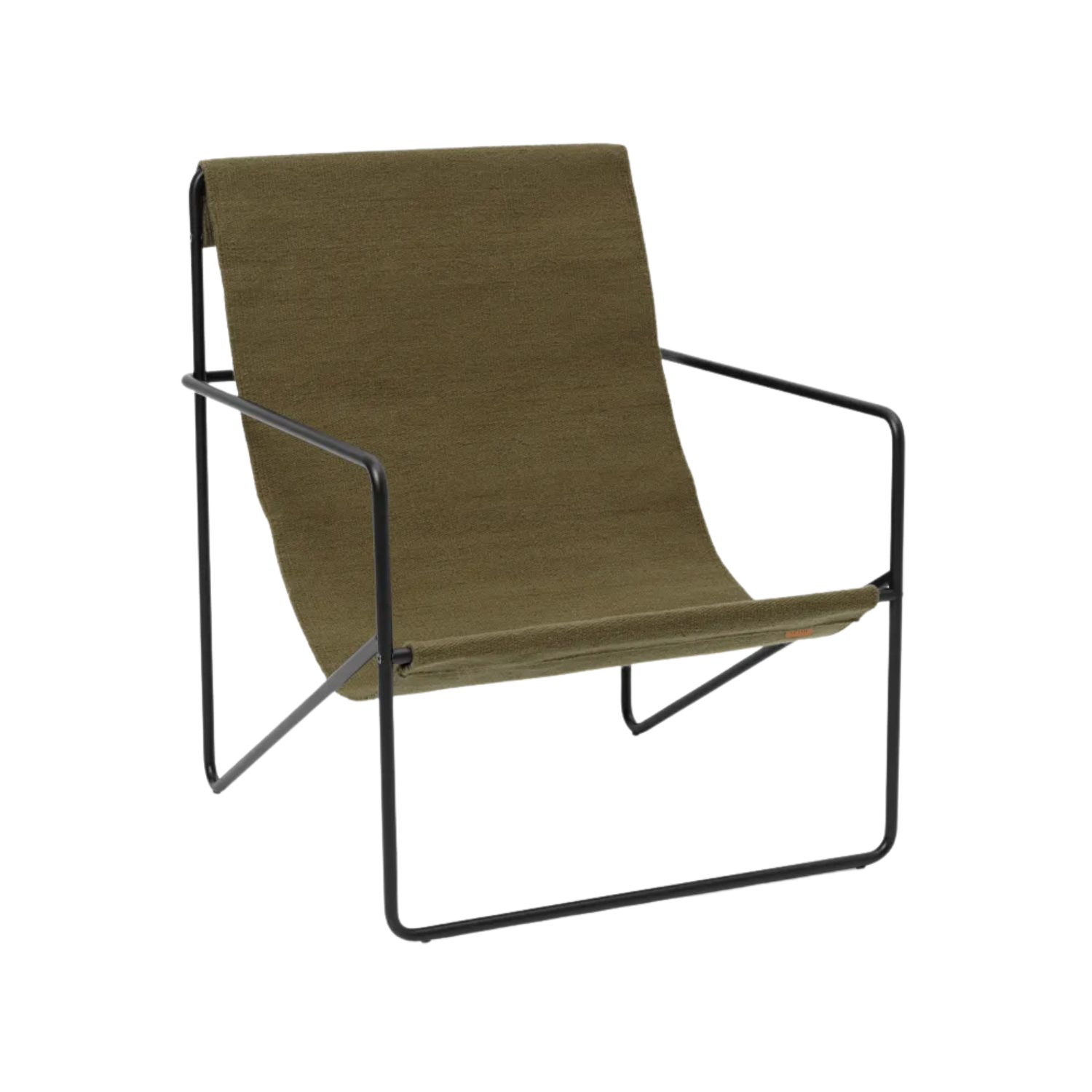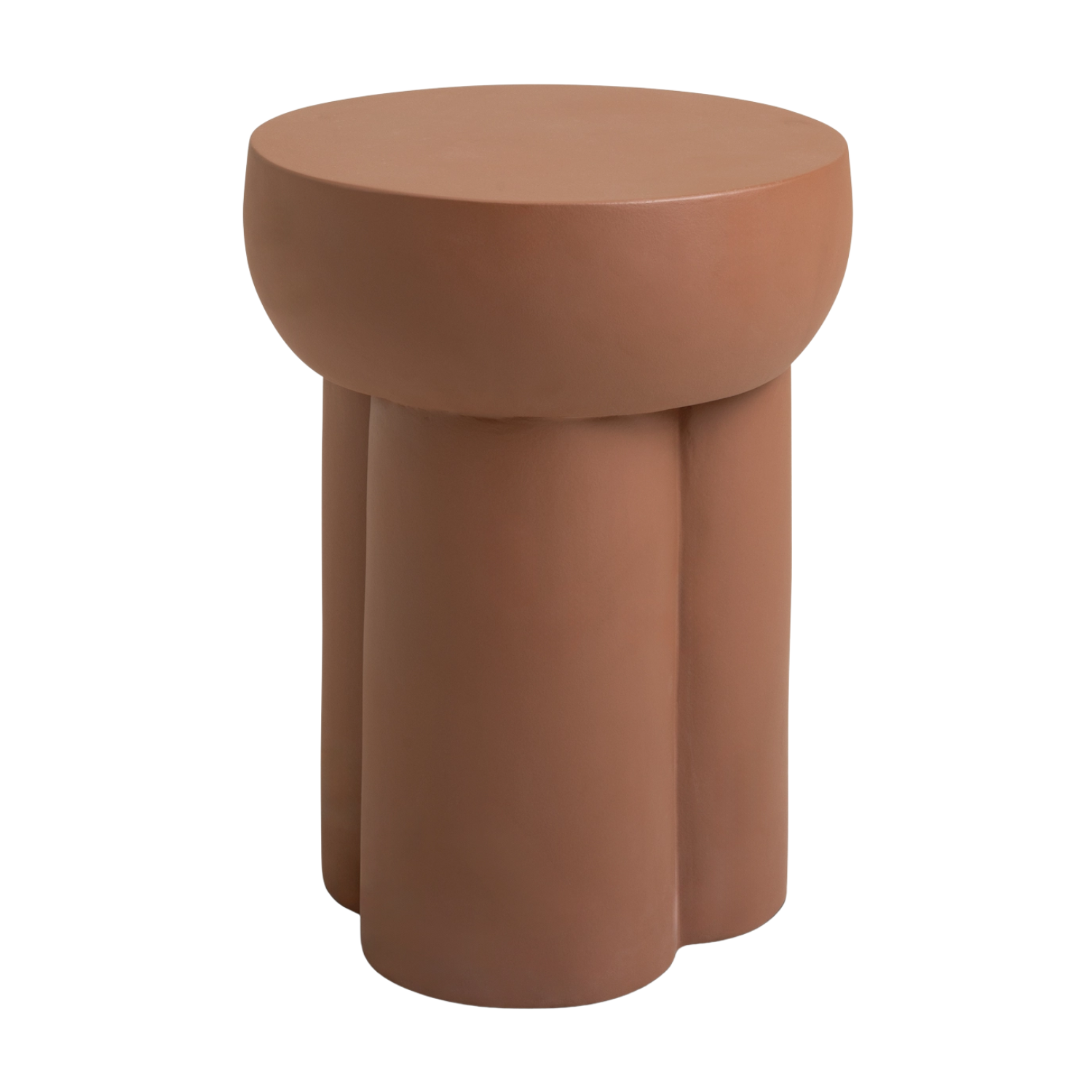Why Your Garden Lounger Always Feels Better Positioned If It's Under a Tree — Hint: There's Science Behind It
Most designers will locate their al fresco living rooms below a garden canopy, and here's why


Balmy summer evenings call for lazy garden wind-downs, and you can't tell me any different. There's something about watching the dappled light filter through the leaves and shadow in scatters as you detox from the day.
And it turns out that there's a reason we gravitate towards arranging our outdoor living rooms underneath a tree-roofed nook. Shade? Sure. Romanticized ambiance? Also true. But there's some science to it, too.
To better understand the undeniable comfort that comes with this garden setting, I spoke to a couple of experts, and here's what they had to say.
Why Do Garden Lounges Feel Better Under Trees?
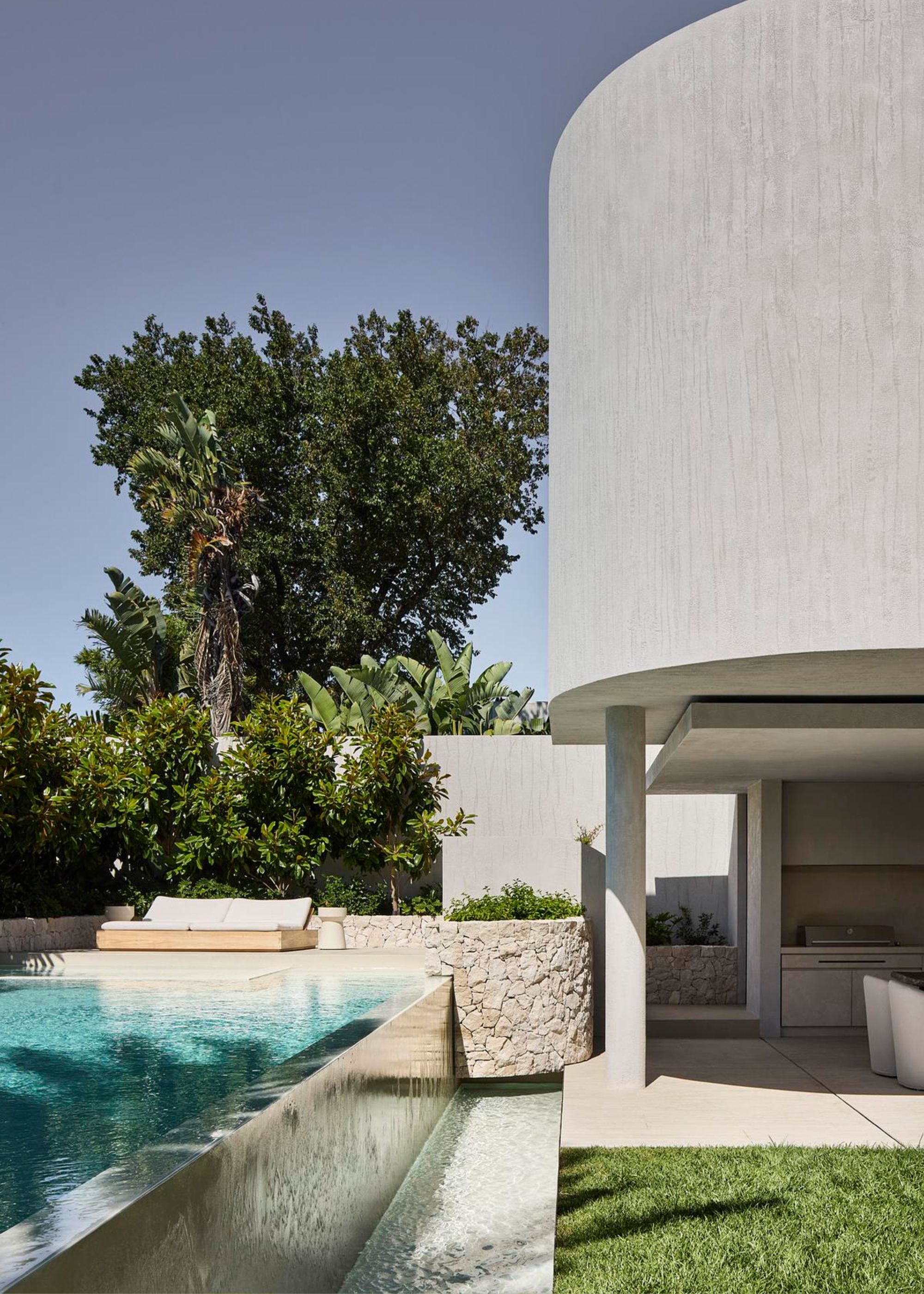
"There’s a reason why your garden hammock or lounge chair feels so much nicer when it’s tucked under a tree, and it’s not just about the shade," says Marianna Popejoy, biophilic designer and founder of At Home with Nature.
"It actually ties into something called prospect and refuge theory, a concept from biophilic design that scientifically explains why certain spaces make us feel more relaxed."
She tells me that the idea behind prospect and refuge is simple. "We feel most comfortable when we can see what’s going on around us (that’s the prospect) while also having a sense of shelter or protection (that’s the refuge)," she notes.
"A tree gives you both. A cozy spot under its branches and a nice open view of the space around you. This combination taps into our human survival instincts, making us feel secure yet free to observe the world."
The Livingetc newsletters are your inside source for what’s shaping interiors now - and what’s next. Discover trend forecasts, smart style ideas, and curated shopping inspiration that brings design to life. Subscribe today and stay ahead of the curve.
And she goes on to say that it's this balance that naturally calms the mind and enhances our connection to the environment.
Marianna Popejoy is an interior designer specializing in biophilic design. She’s worked on numerous projects from outdoor bathrooms and garden layouts, to jungle-inspired interiors. Her work and home have been featured globally by Architectural Digest and Apartment Therapy, and her recently published book At Home with Nature is aimed at helping people make realistic, achievable changes to their homes by incorporating elements from nature.
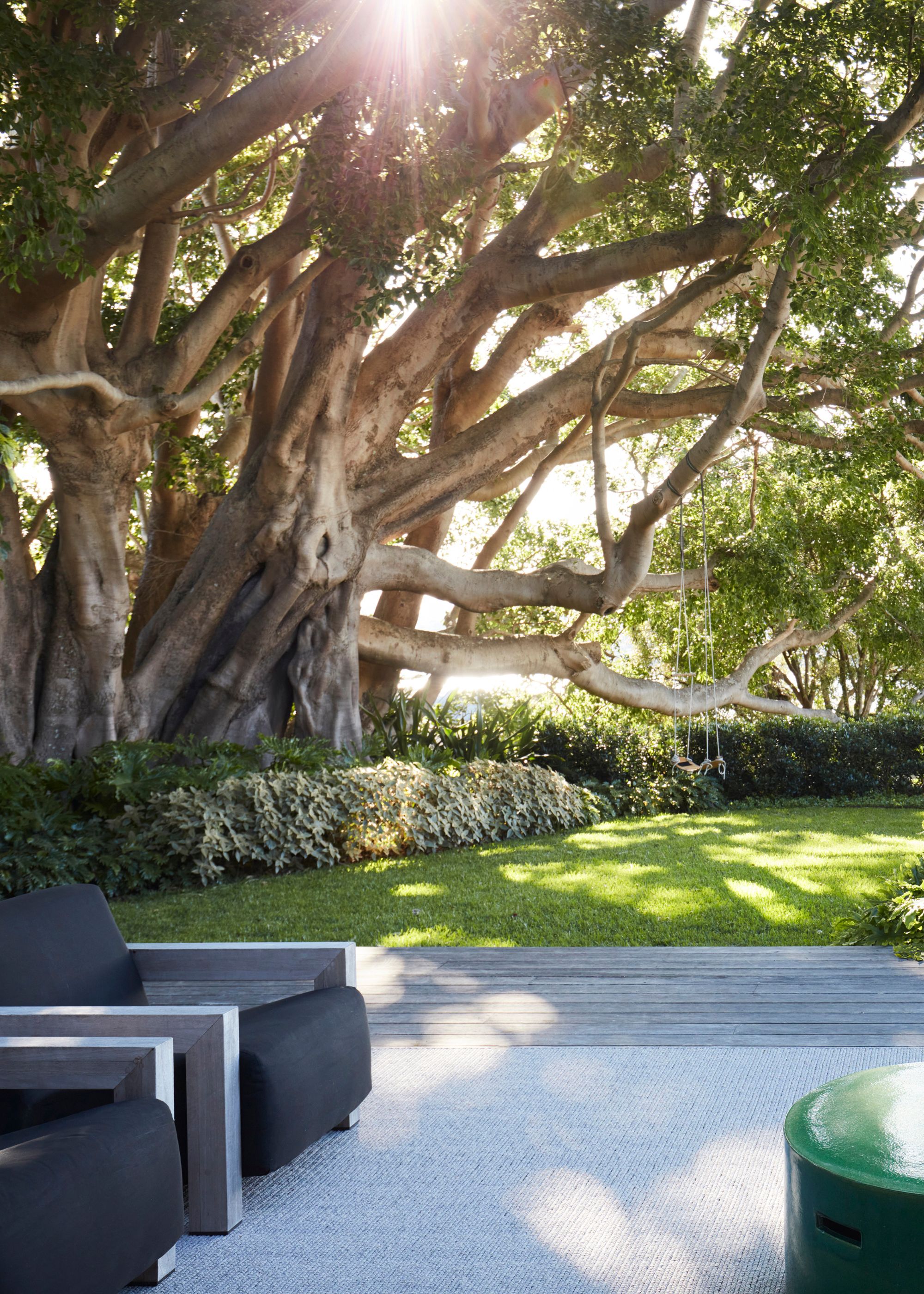
Joe Raboine, vice president of design at Oldcastle APG, also tells me that designing an outdoor space requires thoughtfulness and attention to detail, as the placement of certain elements can impact the visual and sensory appeal of the final design.
"Concepts like biophilic design and prospect and refuge theory contribute to how the space supports mental and physical wellness. And hence why planning of lounging spaces like garden corners should be considered carefully to maximize the space’s relaxing elements and overall appeal," he comments.
"Design choices like textures, plantings, and layout subconsciously influence feelings of comfort and safety. This is why your garden lounge might feel the most restful when placed under a tree."
Joe Raboine is the vice president of design at Oldcastle APG, a parent company of Belgard. Oldcastle APG is part of one of the largest global networks of manufacturers in the architectural products industry.
Garden Lounge Decor to Complete the Look
If you want to take the calming vibe of your outdoor space one step further, perhaps transforming your backyard into a wellness garden is the way to go. So the next time you need to touch some grass, you can do so against the backdrop of a dreamy, tranquil slice of nature.

Amiya is a Home Wellness Writer at Livingetc. She recently graduated with a Masters Degree in Magazine Journalism from City, University of London, and has lent her words to beauty, fashion, and health sections of lifestyle publications including Harper’s Bazaar and Women’s Health. Her experience as a research analyst has equipped her with an eye for emerging trends. When she’s off the clock, she can be found reading, listening to music, or overanalyzing her latest Co-Star update.
